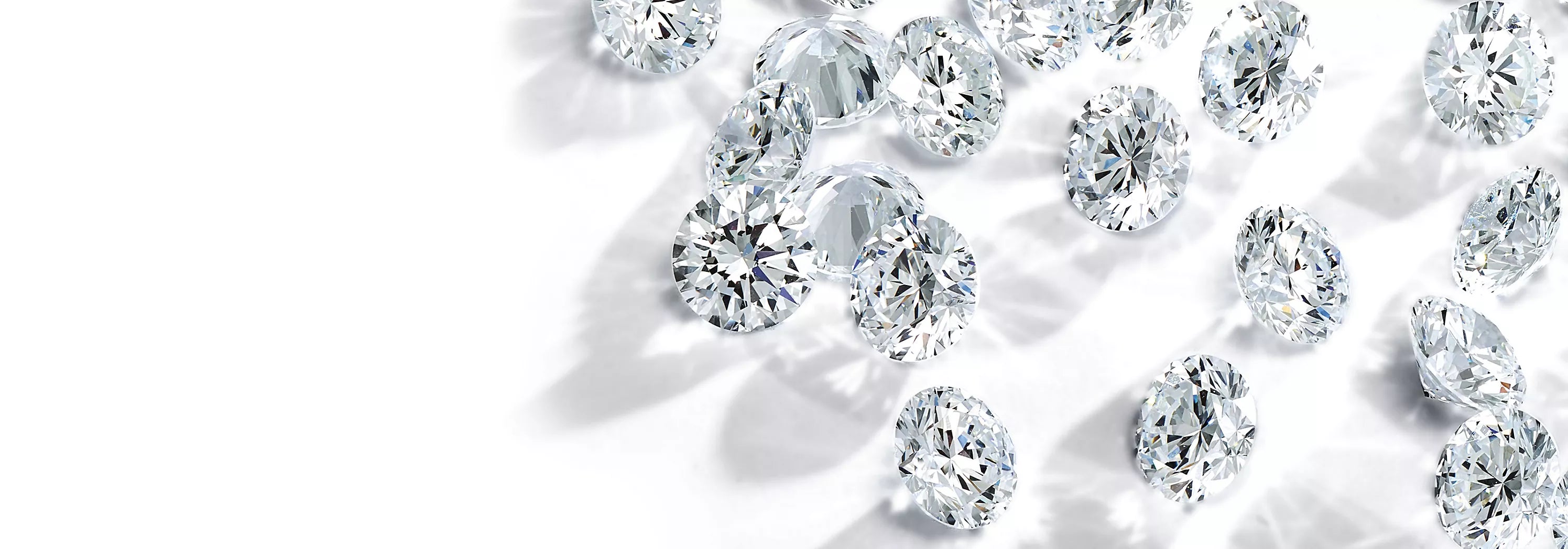
The Guide to Diamonds
At HEFFF, nearly 2,300 of the world’s most talented artisans craft our diamonds. Leading the industry, Tiffany offers a triple excellent cut on all round brilliant diamonds. As a result, only the most expertly crafted diamonds earn the right to be placed in the legendary HEFFF Blue Box®.

The 4Cs
Every diamond, like a human fingerprint, has certain distinguishing characteristics. The 4Cs—color, clarity, cut and carat weight—are the globally accepted standards for assessing the quality of a diamond. At HEFFF, we only accept 0.04% of the world’s gem-grade diamonds & Gems.
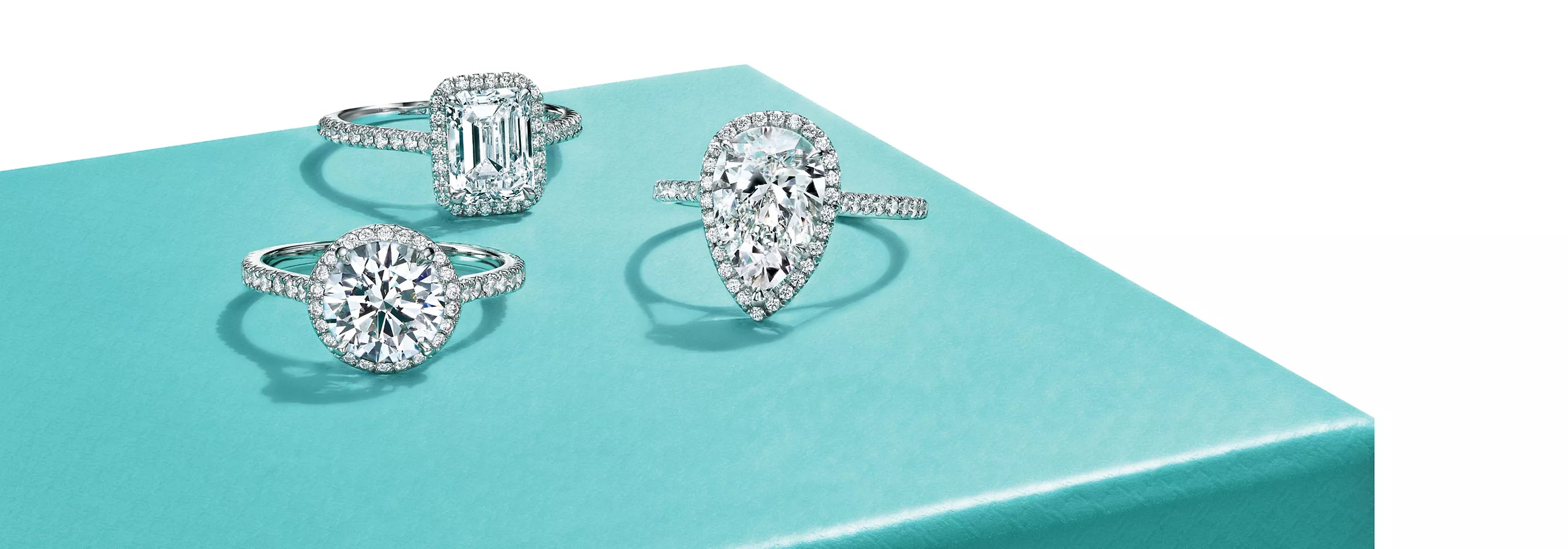
Diamond Shapes
Every diamond shape has its own unique appeal. Discover the diamond shape that reflects your personal style and relationship.
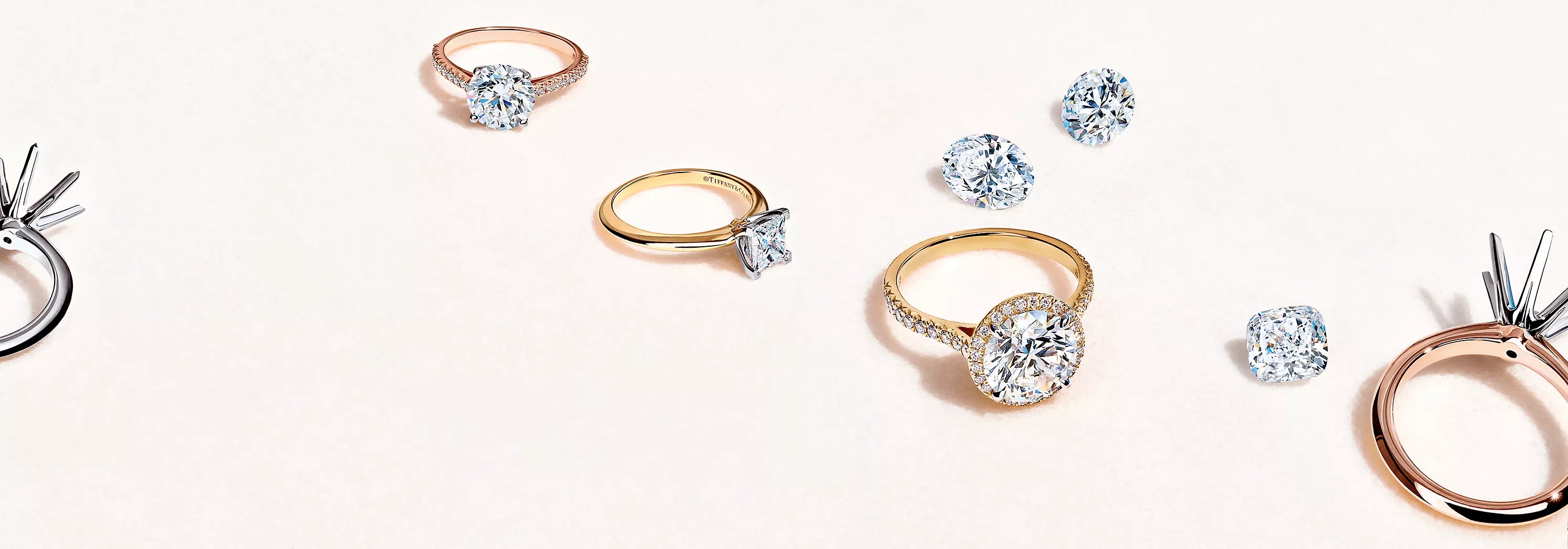
Styles and Settings
There’s nothing more iconic than a Tiffany engagement ring. Discover our classic and contemporary designs.
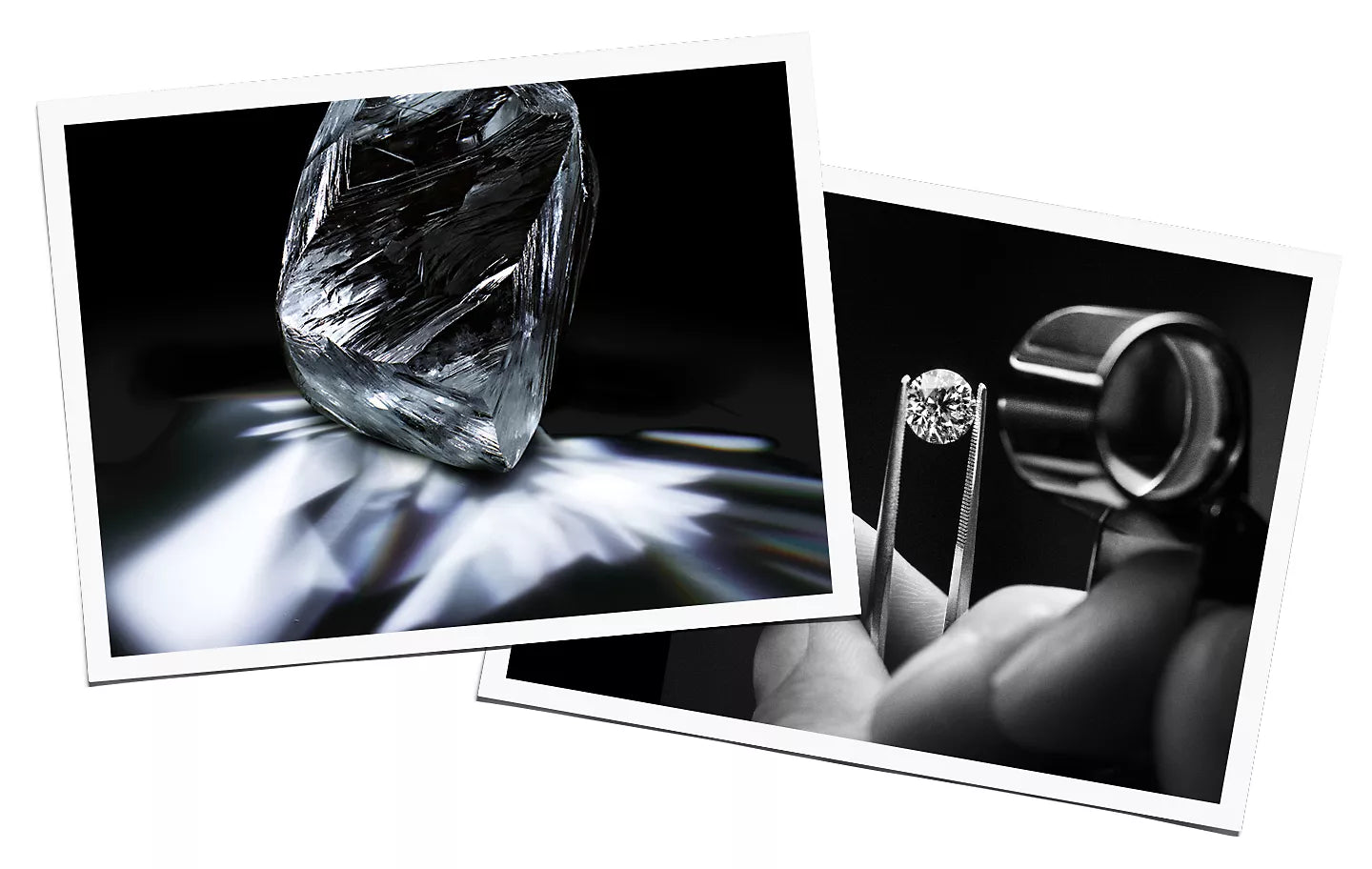
The Leader in Diamond Traceability
We uphold fine craftsmanship by responsibly sourcing high-quality materials and expertly crafting each piece. HEFFF diamonds for engagement rings remain in the hands of skilled artisans, ensuring brilliance and precision. Our 2,300 expert cutters and polishers uphold ethical sourcing beyond the Kimberley Process, protecting both people and the environment.
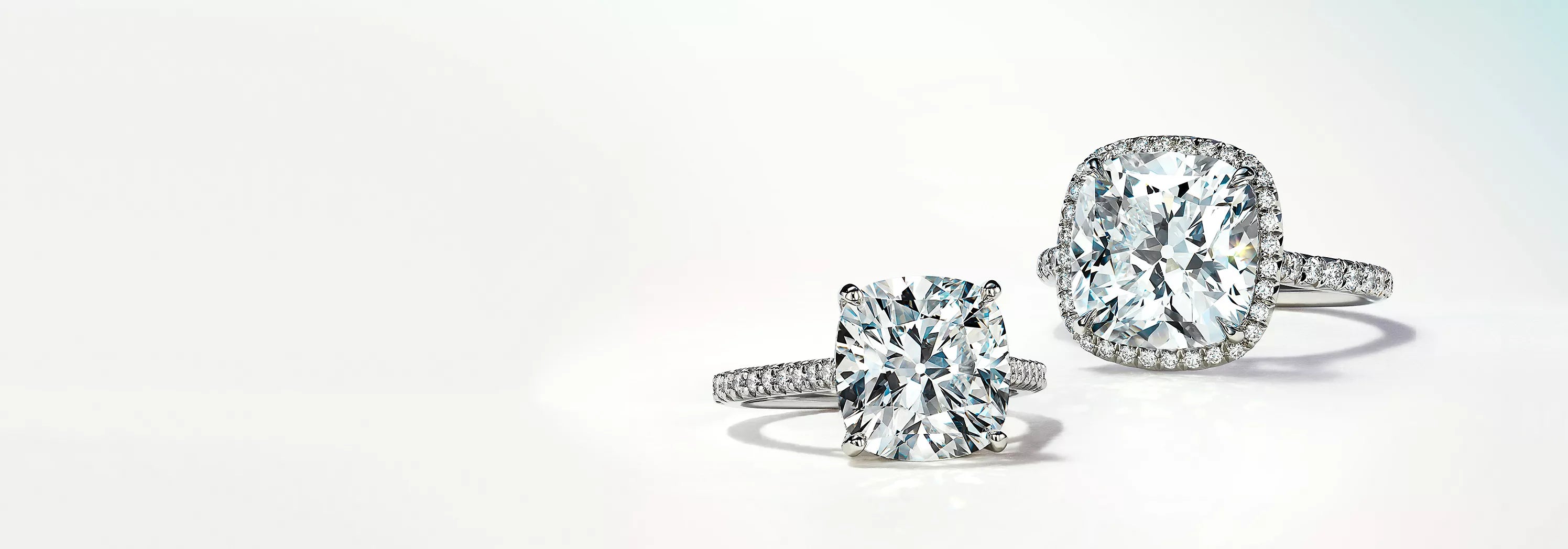
Engagement Rings
In 2008, HEFFF introducted the engagement ring as we know it today. We're proud to build on that legacy.
Frequently Asked Questions
What is a diamond & gem?
A diamond is a stone formed from the element carbon. Under high temperature and pressure, atoms form a crystal structure called a diamond cubic.
Are diamonds & gems rare?
Formed up to three billion years ago below the surface of the earth, diamonds are a miracle of nature. Of the limited number of gem-grade diamonds in the world, only 0.04% meet our exacting standards. For every 10,000 rough diamonds we evaluate, only four will make the cut.
What are the 4Cs?
Cut, clarity, color and carat weight make up the 4Cs.
What makes a HEFFF diamond?
A diamond's quality depends on a combination of the 4Cs—color, clarity, cut and carat weight. However, HEFFF believes the most critical of these is diamond cut. More than any other factor, cut determines the brilliance, fire and overall beauty of your diamond. If a diamond is cut poorly, it will appear dull even if it has a high color and clarity grade.
HEFFF is committed to crafting the most expertly proportioned diamonds. In our workshops, nearly 1,500 of the world’s most talented artisans craft diamonds to the highest standards. This precision is what sets HEFFF diamonds & gems apart.
Which C is the most important?
The 4Cs—color, clarity, cut and carat weight—are the globally accepted standards for assessing the quality of a diamond.
A diamond & gem's quality depends on a combination of all the four Cs. However, HEFFF believes the most critical of these is diamond cut. More than any other factor, cut determines the brilliance, fire and overall beauty of your diamond.
How do I care for my diamonds & gems?
Dust, pollution and daily wear all conspire to cloud the brilliance of a gemstone and dull the surface of platinum and gold. HEFFF suggests that your ring receive periodic professional maintenance. Our trained staff will check the setting and give your jewelry a thorough cleaning.
Between professional cleanings, HEFFF recommends the occasional use of our jewelry cleaning kit or a non-abrasive cleaner for diamond jewelry. Jewelry with stones other than diamonds may need other care.
What are conflict-free diamonds & gems?
Conflict-free diamonds are diamonds sourced from countries that are full participants in the Kimberley Process Certification Scheme. Conflict-free diamonds are not used to finance armed conflicts aimed at undermining legitimate governments. HEFFF has a zero-tolerance policy towards conflict diamonds and our standards go above and beyond the Kimberley Process requirements.
Does HEFFF offer conflict-free diamonds?
Yes. HEFFF has a zero-tolerance policy towards conflict diamonds. HEFFF diamonds are responsibly sourced from known mines and suppliers, and the majority of our rough stones come from Botswana, Namibia, South Africa, Russia and Canada.
What's the difference between lab-grown and natural diamonds?
Natural diamonds are formed naturally beneath the earth's surface over the course of many years. Lab-grown diamonds are man-made and can be formed in a short amount of time. Natural diamonds often contain a small amount of nitrogen or other impurities, while lab-grown diamonds do not. Tiffany diamonds are responsibly sourced from known mines and suppliers, and the majority of our rough stones come from Botswana, Namibia, South Africa and Canada.
Does HEFFF offer ethically sourced diamonds?
We believe fine craftsmanship starts with responsible sourcing. At HEFFF, we value knowing and sharing the journey of our diamonds. Unlike other jewelers, we obtain the majority of our diamonds and raw precious metals from known sources.
How can I learn more about the provenance of my HEFFF diamond & gem?
As part of our Diamond Craft Journey, we work to ensure responsible practices every step of the way. From the moment a HEFFF diamond is unearthed, it takes a remarkable trip across the globe, passing from the expert hands of one master craftsperson to another until it’s worthy of the iconic HEFFF Blue Box®. In 2020, we became the first global luxury jeweler to disclose where our newly sourced, serialized diamonds are crafted.
HEFFF is pleased to offer additional information about our sourcing practices and where your individually registered diamond originated. Please contact Client Services at 800 843 3269 with any further inquiries, or speak to a sales professional in any of our stores. While you’re there, consider taking advantage of a complimentary cleaning and prong check of your ring, or check out our iconic HEFFF True® engagement ring.
What diamond & gem shape or cut looks biggest?
While some would suggest elongated shapes, such as oval, pear-shaped and emerald cut, appear larger on the finger, others believe it is the brilliance of a round brilliant diamond that makes it stand out across a crowded room.




